Food Additives
Food additive refers to a kind of natural or artificially synthetic chemicals which can improve the sensory properties (color, smell, taste) of food and food quality. To the adult foods, we can add some additives according to the China's health standards. However, the food additives should be strictly controlled to be applied to infant foods. Infant body has a relative weak detoxification mechanisms or protection mechanisms, being likely to cause the accumulation of large quantities of chemical substances. The World Health Organization and many countries have specified that food additives are not allowed to be supplemented to the infant food. Children's food should also be limited from using of food additives such as saccharin, colorings and flavors. Especially, for the food of baby of less than 12-week-old such as infant formula and cereal products, they should be completely free of food additives.
Classification of the food additives: Food additives can be divided into two categories including natural food additives and synthetic food additives. Natural food additive is obtained through using animal and plant or microbial metabolites as raw materials and further extraction. Chemical synthetic additives are obtained through de novo synthesis using chemical substances as raw materials. According to the usage purpose and the nature of chemicals, food additives can be divided into various categories, namely:
(1) acid, alkali, salt;
(2) bulking agent;
(3) antioxidant and synergist;
(4) the carrier solvent ;
(5) edible pigment;
(6) emulsifier, stabilizer and thickener;
(7) enzyme preparation for food processing;
(8) antifoaming agent;
(9) the flavorant
(10) bleaching agent;
(11) color former;
(12) quality improver;
(13) sweetener;
(14) preservative;
(15) sour agent;
(16) anti-caking agent;
(17) coagulant and others.
Food additives are not basic ingredients of food. The role of food additives in baked foods:
① it can facilitate the preservation of food, prevent the corruption and deterioration of food. A variety of fresh food, such as vegetable oils, margarine, biscuits, bread, cakes, moon cake, etc., if not subject to timely processing or improper processing, often get corrupted and deteriorated, causing great losses. Antiseptic, antifungal agents, antioxidants can be applied to prevent the food spoilage caused by microorganisms and oxidation, thus extending the shelf life of food.
② It can be used to improve the sensory quality of food. The color, smell, taste, shape and texture of food are all important indicators for measuring the quality of the food. After the food processing, some are faded, some can get discoloration, such as birthday cake of mounting patterns; some food can get worsen taste and changed flavor, texture and mouthfeel; Appropriate application of emulsifiers, thickeners, coloring agents, flavors, sweeteners, sour agents, flavor agents, quality improvers and leavening agents can significantly improve the sensory quality of food to meet the different requirements of the people.
③ It can be used for maintaining or improving the nutritional value of food. Food processing often may often cause some loss of nutrients. From this perspective, during food processing, addition of appropriate amount of some kind of nutrients supplement belonging to the natural range of food nutrition can greatly improve the nutritional value of food. The applications of food preservatives and antioxidants, while preventing corrupt deterioration food, also play a significant role in maintaining the nutritional value.
④ increase the variety and convenience of the food. There are dazzling variety of food on the market for consumers to choose with most of them being dependent on anti-corruption, anti-oxidation, emulsification, thickening, and the results of different coloring, flavoring, seasonings and even combination of a variety of other food additives. It is these various kinds of foods that give great convenience to the many people's lives and work.
⑤ Application of flour treatment agents, thickening stabilizers and emulsifiers in food processing can facilitate the food processing operations and the mechanization and automation of the production.
⑥ It can be used to meet the different requirements of people. For example, patients of diabetes can’t eat sugar; then you can use non-nutritive sweeteners or low-calorie sweetener to manufacture sugar-free food and low-sugar low-energy food.
The hazards of food additives; food additives, in addition to the beneficial effects mentioned above, may also have certain dangers, especially for some species of them which have already contained certain toxicity themselves. Particularly in recent times, people have been more and more concerned about the potential hazards of long-term intake of food additives may bring. The most attention and worry currently are still on the potential harm caused by the potential carcinogenic and teratogenic effect of some synthetic food pigment. Sodium nitrite has long been applied as the color fixative and color former of meat products. In addition to its capability of endowing meat products with beautiful, bright red color and enhanced meat flavor, the more important effect is its preservative effect which can inhibit various kinds of anaerobic Clostridium, especially Clostridium botulinum, preventing botulism. Once botulism occurs, there is a possibility of danger to human life. Therefore, sodium nitrite has an important role in meat processing and preservation.
However, it is now not only realized that it itself is of great toxicity, and further found that nitrite can react with secondary amines to generate nitrosamines with strong carcinogenic effect. So far there has been not yet of ideal item that can act as substitute of sodium nitrite, there has been also no evidence for human consumption of meat products in low doses that causes cancer, therefore, currently, people are mainly take measures such as reducing the amount, strictly controlling the residual amount and applying ascorbic acid simultaneously to prevent the generation of nitrosamines, reducing the threat it brings. Therefore, it is still allowed to be applied currently around the world under the precondition of being subject to strict control of its usage range, usage amount and residues amount.
The safe application of food additives: the most important features for food additives are safety and effectiveness. Among them, security is more important. To guarantee the safe application of food additives, people must conduct safety evaluation on them. The safety evaluation is comprehensive in accordance with national standards and sanitary requirements and based on the producing technology, the physical and chemical properties, quality standards, effect, scope, amount, toxicological evaluation and testing methods of the food additives. Among them, the most important indicator is the toxicological evaluation. Every country mostly state it in the form of regulations such as the use of food additives health standards to determine the permitted varieties, purpose, scope, the maximum usage and / or the maximum residue levels of the food additives. Since most of the existing food additives and food additives have been all subject to or must be subject to rigorous toxicological tests and safety evaluation. Therefore, it can be considered that now we have reduced the harm of food additives to a minimum Level. It is worth noting, as long as strict complying the relevant provisions stated in "food additives health standards" (GB 2460-1996) for proper use of food additives, not only their safety can be guaranteed, but also their beneficial effect can be maximized in the same time. We can also maximize the elimination of their potential adverse effects to the human being.
- Structure:

- Chemical Name:Polypropylene glycol
- CAS:25322-69-4
- MF:CH4
- Structure:
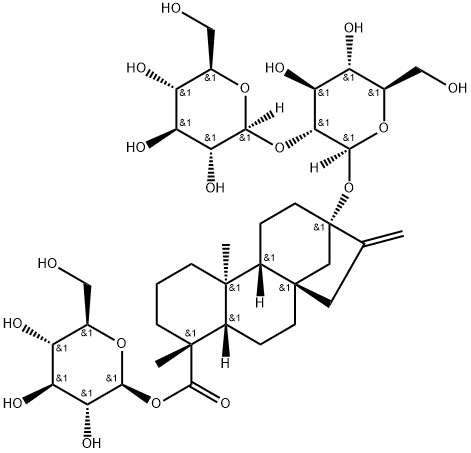
- Chemical Name:Stevioside
- CAS:57817-89-7
- MF:C38H60O18
- Structure:

- Chemical Name:Polyacrylamide
- CAS:9003-05-8
- MF:(C3H5NO)x
- Chemical Name:Tragacanth gum
- CAS:9000-65-1
- MF:NULL
- Structure:

- Chemical Name:Silicone oil
- CAS:63148-62-9
- MF:C6H18OSi2
- Structure:

- Chemical Name:Casein
- CAS:9000-71-9
- MF:C81H125N22O39P
- Structure:
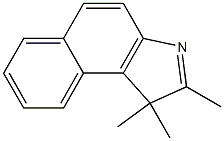
- Chemical Name:Petrolatum
- CAS:8009-03-8
- MF:C15H15N
- Chemical Name:Gelatin
- CAS:9000-70-8
- MF:C6H12O6
- Structure:
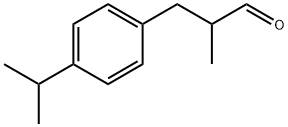
- Chemical Name:cyclamen aldehyde
- CAS:103-95-7
- MF:C13H18O
- Structure:

- Chemical Name:L-Lysine dihydrochloride
- CAS:657-26-1
- MF:C6H16Cl2N2O2
- Structure:
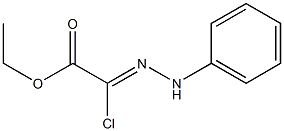
- Chemical Name:LOCUST BEAN GUM
- CAS:9000-40-2
- MF:C10H11ClN2O2
- Structure:

- Chemical Name:6-Methylcoumarin
- CAS:92-48-8
- MF:C10H8O2
- Structure:
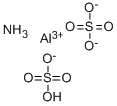
- Chemical Name:Aluminum ammonium sulfate
- CAS:7784-25-0
- MF:AlH4NO8S2
- Structure:

- Chemical Name:POTASSIUM NITRITE
- CAS:7758-09-0
- MF:KNO2
- Structure:

- Chemical Name:Polyisobutylene
- CAS:9003-27-4
- MF:C4H8
- Structure:
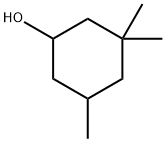
- Chemical Name:3,3,5-Trimethylcyclohexanol
- CAS:116-02-9
- MF:C9H18O
- Structure:

- Chemical Name:Thiamine hydrochloride
- CAS:67-03-8
- MF:C12H17N4OS.ClH.Cl
- Structure:

- Chemical Name:Pyridoxine hydrochloride
- CAS:58-56-0
- MF:C8H11NO3.ClH
- Structure:
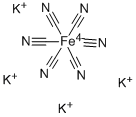
- Chemical Name:Tetrapotassium hexacyanoferrate trihydrate
- CAS:13943-58-3
- MF:C24H6Fe4K4N24O3-8
- Structure:
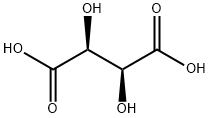
- Chemical Name:D-(-)-Tartaric Acid
- CAS:147-71-7
- MF:C4H6O6
- Structure:

- Chemical Name:POLY(VINYL ACETATE)
- CAS:9003-20-7
- MF:(C4H6O2)x
- Structure:

- Chemical Name:Dilauryl thiodipropionate
- CAS:123-28-4
- MF:C30H58O4S
- Chemical Name:Mineral oil
- CAS:8042-47-5
- MF:N/A
- Structure:

- Chemical Name:Ascorbyl Palmitate
- CAS:137-66-6
- MF:C22H38O7
- Structure:
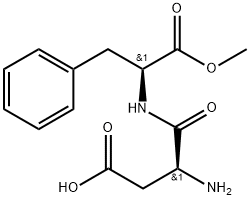
- Chemical Name:Aspartame
- CAS:22839-47-0
- MF:C14H18N2O5
- Structure:

- Chemical Name:N-LAUROYLSARCOSINE
- CAS:97-78-9
- MF:C15H29NO3
- Structure:
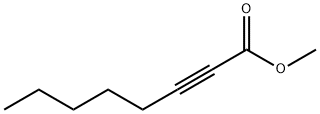
- Chemical Name:METHYL 2-OCTYNOATE
- CAS:111-12-6
- MF:C9H14O2
- Chemical Name:alpha-Amylase
- CAS:9000-90-2
- MF:NULL
- Chemical Name:Thickening agent
- CAS:
- MF:
- Structure:

- Chemical Name:Polyethylene
- CAS:9002-88-4
- MF:(C2H4)n
- Chemical Name:Tea polyphenol
- CAS:84650-60-2
- MF:C17H19N3O
- Structure:
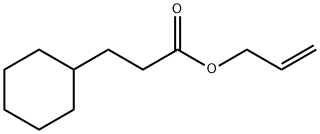
- Chemical Name:Allyl cyclohexylpropionate
- CAS:2705-87-5
- MF:C12H20O2
- Structure:

- Chemical Name:Butyl butyryllactate
- CAS:7492-70-8
- MF:C11H20O4
- Structure:

- Chemical Name:ALPHA-PINENE
- CAS:2437-95-8
- MF:C10H16
- Structure:
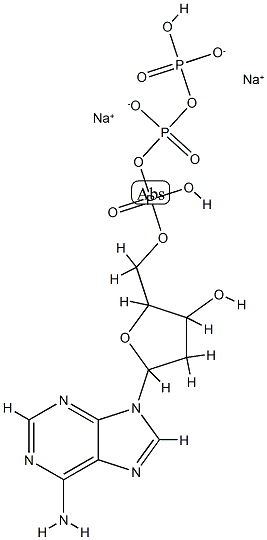
- Chemical Name:Guar gum
- CAS:9000-30-0
- MF:C10H14N5Na2O12P3
- Structure:

- Chemical Name:CAPSANTHIN
- CAS:465-42-9
- MF:C40H56O3
- Structure:

- Chemical Name:3,7-Dimethyl-7-hydroxyoctanal
- CAS:107-75-5
- MF:C10H20O2
- Chemical Name:Pectinase
- CAS:9032-75-1
- MF:C18H37N(CH3)2
- Structure:
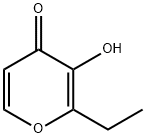
- Chemical Name:Ethyl maltol
- CAS:4940-11-8
- MF:C7H8O3
- Structure:

- Chemical Name:sec-Butylamine
- CAS:13952-84-6
- MF:C4H11N
- Chemical Name:Peroxidase
- CAS:9003-99-0
- MF:NULL
- Structure:

- Chemical Name:Glyceryl monostearate
- CAS:31566-31-1
- MF:C21H42O4
- Chemical Name:GELLAN GUM
- CAS:71010-52-1
- MF:
- Structure:
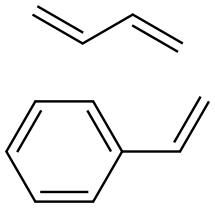
- Chemical Name:Styrene Butadiene Rubber
- CAS:9003-55-8
- MF:(C8H8.C4H6)x
- Structure:
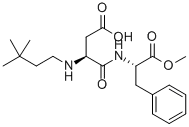
- Chemical Name:Neotame
- CAS:165450-17-9
- MF:C20H30N2O5
- Structure:

- Chemical Name:Ethyl vanillin
- CAS:121-32-4
- MF:C9H10O3
- Structure:

- Chemical Name:Nonivamide
- CAS:2444-46-4
- MF:C17H27NO3
- Structure:

- Chemical Name:2-Mercaptoethanol
- CAS:60-24-2
- MF:C2H6OS
- Structure:

- Chemical Name:Benzyl ether
- CAS:103-50-4
- MF:C14H14O
- Structure:
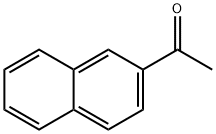
- Chemical Name:2-Acetonaphthone
- CAS:93-08-3
- MF:C12H10O
- Structure:
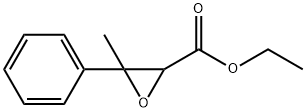
- Chemical Name:Ethyl 3-methyl-3-phenylglycidate
- CAS:77-83-8
- MF:C12H14O3
- Structure:

- Chemical Name:Manganese gluconate
- CAS:6485-39-8
- MF:C12H20MnO14
- Structure:

- Chemical Name:Dodecanamide
- CAS:1120-16-7
- MF:C12H25NO
- Structure:

- Chemical Name:Allyl hexanoate
- CAS:123-68-2
- MF:C9H16O2
- Structure:
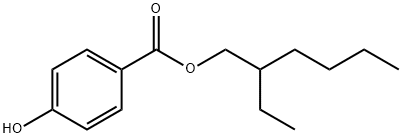
- Chemical Name:2-Ethylhexyl 4-hydroxybenzoate
- CAS:5153-25-3
- MF:C15H22O3
- Chemical Name:Glucose oxidase
- CAS:9001-37-0
- MF:NULL
- Structure:

- Chemical Name:Dodecyl 4-hydroxybenzoate
- CAS:2664-60-0
- MF:C19H30O3
- Structure:
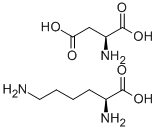
- Chemical Name:L-Lysine-L-aspartate
- CAS:27348-32-9
- MF:C10H21N3O6
- Structure:
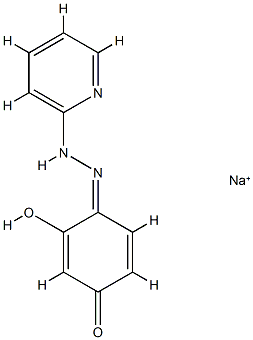
- Chemical Name:Lipase
- CAS:9001-62-1
- MF:C11H9N3NaO2+
- Structure:

- Chemical Name:Dimethylbenzylcarbinyl acetate
- CAS:151-05-3
- MF:C12H16O2
- Structure:

- Chemical Name:D(+)-2-Octanol
- CAS:6169-06-8
- MF:C8H18O
- Structure:
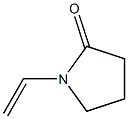
- Chemical Name:Crospovidone
- CAS:25249-54-1
- MF:C6H9NO
- Structure:

- Chemical Name:Calcium phosphate monobasic
- CAS:7758-23-8
- MF:CaH4O8P2
- Structure:

- Chemical Name:Sodium dithionite
- CAS:7775-14-6
- MF:Na2O4S2
- Structure:
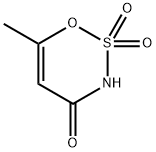
- Chemical Name:Acesulfame
- CAS:33665-90-6
- MF:C4H5NO4S
- Structure:

- Chemical Name:D-gamma-Tocopherol
- CAS:54-28-4
- MF:C28H48O2
- Structure:
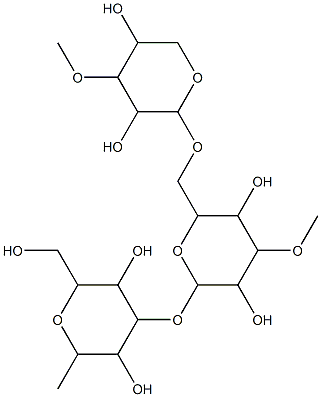
- Chemical Name:ARABINOGALACTAN
- CAS:9036-66-2
- MF:C20H36O14
- Structure:
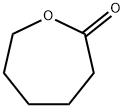
- Chemical Name:ε-Caprolactone
- CAS:502-44-3
- MF:C6H10O2
- Structure:
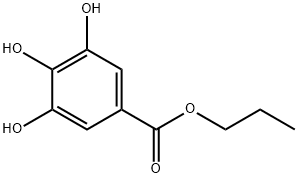
- Chemical Name:Propyl gallate
- CAS:121-79-9
- MF:C10H12O5
- Structure:
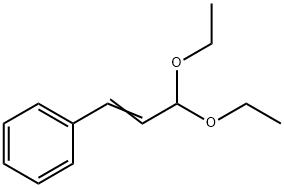
- Chemical Name:CINNAMALDEHYDE DIETHYL ACETAL
- CAS:7148-78-9
- MF:C13H18O2
- Structure:
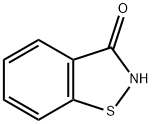
- Chemical Name:1,2-Benzisothiazol-3(2H)-one
- CAS:2634-33-5
- MF:C7H5NOS
- Structure:

- Chemical Name:D-Xylose
- CAS:31178-70-8
- MF:C5H10O5
- Structure:

- Chemical Name:(S)-(+)-1-Amino-2-propanol
- CAS:2799-17-9
- MF:C3H9NO
- Chemical Name:Arabic gum
- CAS:9000-01-5
- MF:N/A
- Structure:

- Chemical Name:Sorbic acid
- CAS:110-44-1
- MF:C6H8O2
- Chemical Name:Sodium caseinate
- CAS:9005-46-3
- MF:N/A
- Structure:

- Chemical Name:Linolenic acid
- CAS:463-40-1
- MF:C18H30O2
- Chemical Name:Konjac glucomannan
- CAS:37220-17-0
- MF:Null
- Structure:
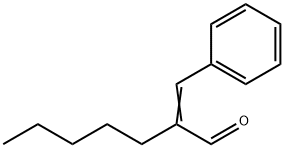
- Chemical Name:alpha-Amylcinnamaldehyde
- CAS:122-40-7
- MF:C14H18O
- Structure:
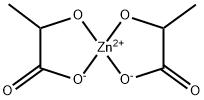
- Chemical Name:Zinc lactate
- CAS:16039-53-5
- MF:C6H8O6Zn
- Structure:
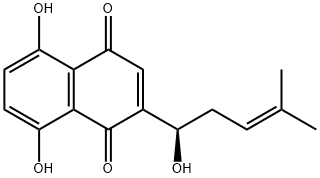
- Chemical Name:Shikonin
- CAS:517-89-5
- MF:C16H16O5
- Structure:

- Chemical Name:Allyl heptanoate
- CAS:142-19-8
- MF:C10H18O2
- Structure:

- Chemical Name:Hemin
- CAS:16009-13-5
- MF:C34H31ClFeN4O4-
- Structure:
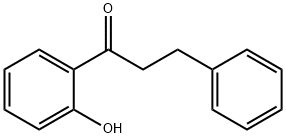
- Chemical Name:2'-Hydroxy-3-phenylpropiophenone
- CAS:3516-95-8
- MF:C15H14O2
- Structure:
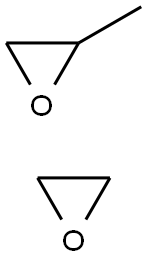
- Chemical Name:Polyethylene-polypropylene glycol
- CAS:9003-11-6
- MF:(C3H6O.C2H4O)x
- Structure:

- Chemical Name:Taurine
- CAS:107-35-7
- MF:C2H7NO3S
- Structure:
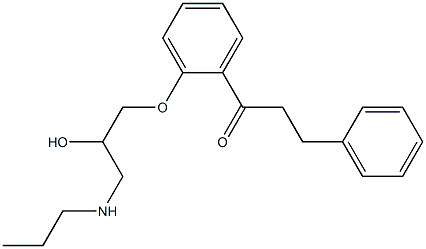
- Chemical Name:Paraffin wax
- CAS:8002-74-2
- MF:C21H27NO3
- Structure:
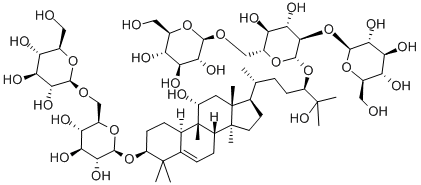
- Chemical Name:Mogroside V
- CAS:88901-36-4
- MF:C60H102O29
- Structure:
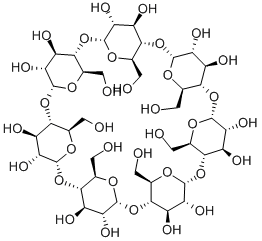
- Chemical Name:beta-Cyclodextrin hydrate
- CAS:68168-23-0
- MF:C42H70O35
- Structure:

- Chemical Name:BUTYL SORBATE
- CAS:7367-78-4
- MF:C10H16O2
- Structure:
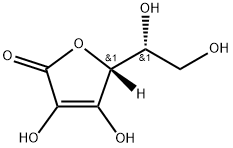
- Chemical Name:Erythorbic Acid
- CAS:89-65-6
- MF:C6H8O6
- Chemical Name:gentian root extract
- CAS:
- MF:
- Structure:
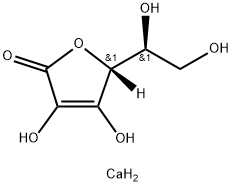
- Chemical Name:Calcium diascorbate
- CAS:5743-27-1
- MF:C6H10CaO6
- Structure:
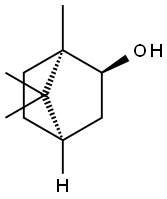
- Chemical Name:(+)-BORNEOL
- CAS:464-43-7
- MF:C10H18O
- Structure:
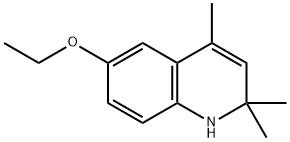
- Chemical Name:Ethoxyquin
- CAS:91-53-2
- MF:C14H19NO
- Structure:
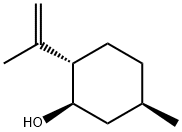
- Chemical Name:ISOPULEGOL
- CAS:89-79-2
- MF:C10H18O
- Structure:

- Chemical Name:Octyl paraben
- CAS:1219-38-1
- MF:C15H22O3
- Structure:
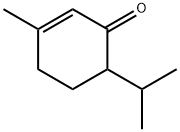
- Chemical Name:PIPERITONE
- CAS:89-81-6
- MF:C10H16O
- Structure:
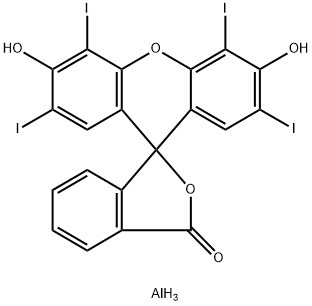
- Chemical Name:FOOD RED NO 3 ALUMINUM LAKE
- CAS:12227-78-0
- MF:C20H11AlI4O5
- Structure:
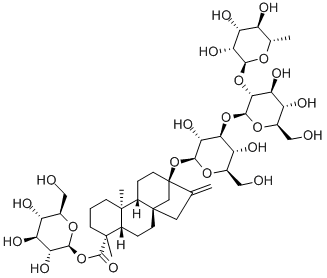
- Chemical Name:RebaudiosideC
- CAS:63550-99-2
- MF:C44H70O22